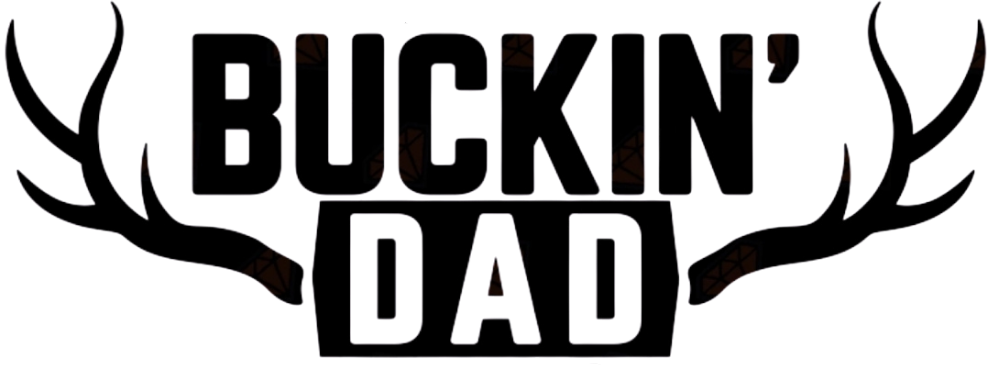Field dressing is a crucial skill every hunter must learn. After successfully harvesting your game, properly field dressing it ensures the meat stays fresh and safe for consumption. In this guide, we’ll cover the essential steps to field dress your game quickly and efficiently, ensuring you get the best quality meat from your hunt.
🦌 1. Prepare Your Tools
Before you even make the shot, make sure you have the proper tools with you for field dressing:
-
Sharp hunting knife (preferably a gut hook knife)
-
Game bags for storing the meat
-
Rope or cord to hang the carcass
-
Gloves for hygiene and safety
-
Clean water or sanitizing wipes to keep your hands clean
-
Bone saw (for larger game, like deer)
🔪 2. Positioning the Animal
Once the animal has been harvested, place it in a position that allows you to work easily.
-
For deer, it’s best to hang the animal by its hind legs. If you don’t have a tree, you can lay it on its side on the ground.
-
If laying on the ground, keep the animal’s head lower than its body to allow blood to drain.
🦅 3. Making the Initial Cut
-
Make an incision just below the rib cage, being careful not to puncture the intestines or internal organs.
-
Cut along the midline, following the body’s natural lines, and avoid cutting too deep. The goal is to open up the abdomen to remove the internal organs.
Tip: Always use a sharp knife to avoid accidental cuts.
🐾 4. Remove the Internal Organs
-
Start by carefully cutting around the anus and removing the intestines. Be cautious around the bladder and rectum to avoid puncturing them, as this can contaminate the meat.
-
Once you’ve freed the intestines, you can begin to remove the lungs, heart, and liver.
Pro Tip: The liver and heart are often considered delicacies, so set them aside for later if you plan to eat them.
💧 5. Clean and Cool the Carcass
Once you’ve removed the organs, thoroughly clean the cavity to remove any blood, debris, or tissue. Keeping the carcass clean is essential for preserving the meat.
-
Flush out the cavity with water or use a clean cloth to wipe it down.
-
After cleaning, allow the animal to cool down as quickly as possible by hanging it in a cool, shaded area.
🧑🤝🧑 6. Bagging the Meat
Once the animal is field dressed, place the meat in game bags to protect it from dirt, insects, and exposure to the elements. Keep the bags as clean as possible.
-
Store the meat in a cool place to keep it fresh. If you’re far from home, take the meat to your truck or tent and refrigerate it immediately.
🦌 7. Properly Dispose of the Remains
The remaining carcass (skin, bones, and discarded organs) should be disposed of responsibly.
-
If you’re hunting in a public area, make sure to follow local rules for waste disposal.
-
Leave no trace—pack out all of your trash and be respectful of the environment. If there’s a waste disposal site, use it to properly dispose of the remains.

🏞️ Final Thoughts
Field dressing is a skill that takes practice, but it’s essential for every hunter to learn. Not only does it ensure that your meat remains fresh, but it also reflects the respect you have for the animal. By following these steps, you’ll be able to efficiently field dress your game and enjoy the fruits of your labor.






